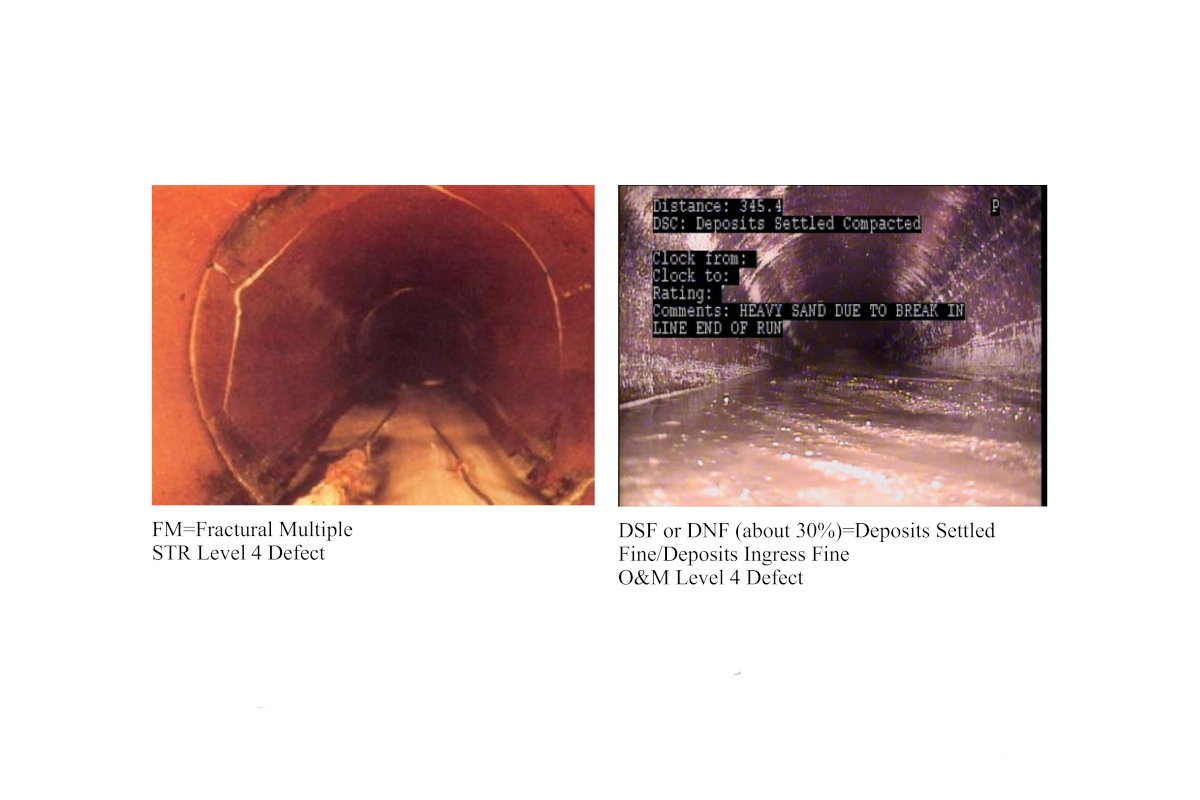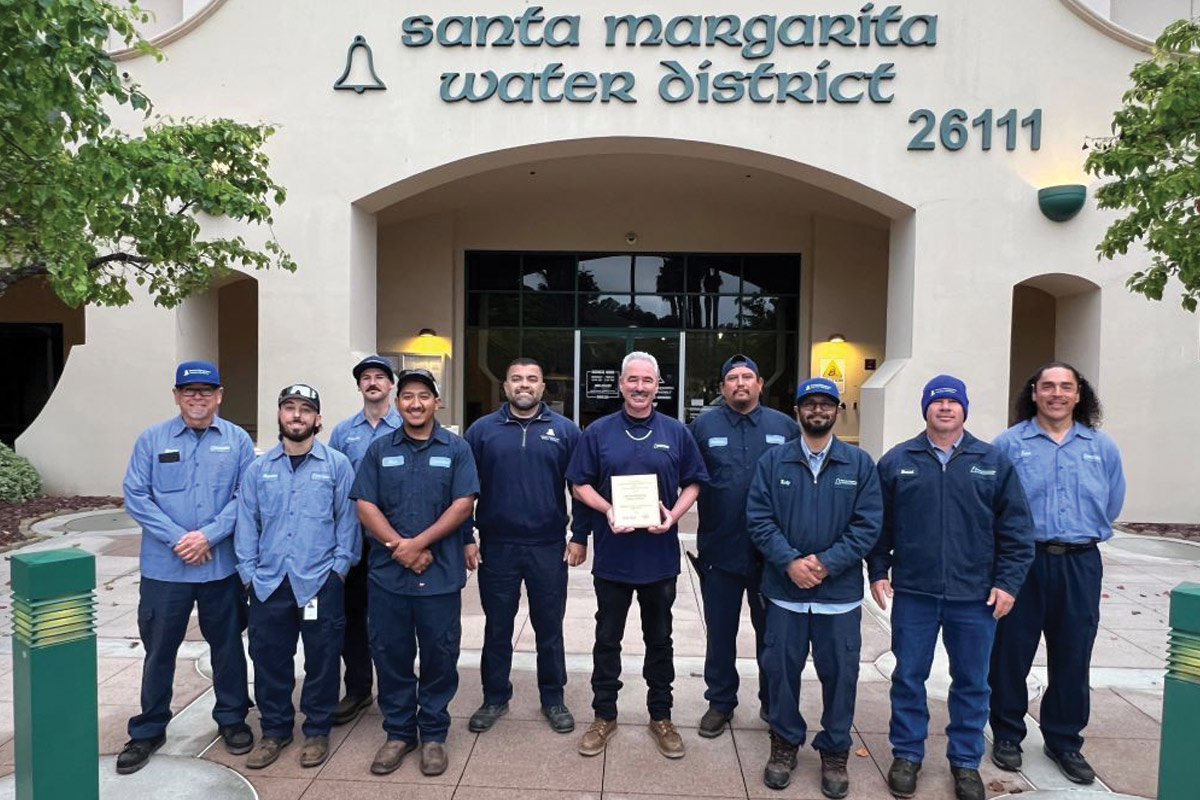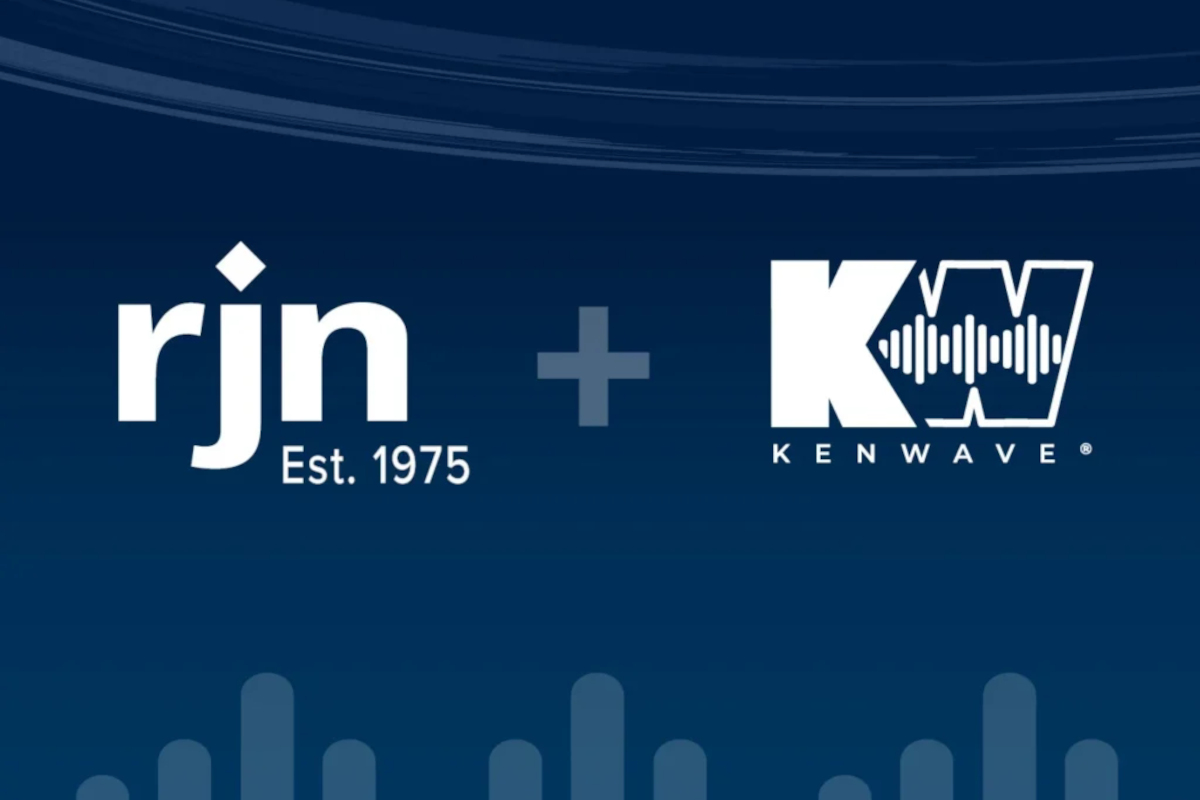
SIPP Is a Cost-Effective Defense Against Water Main Deterioration
Among the most promising solution to cost-effective and long-lasting water main repair is spray-in-place polymeric lining (SIPP) with an NSF/ANSI/CAN 61 certified potable water epoxy.
The aging infrastructure beneath our feet is a silent, costly crisis. Water main breaks, increasingly frequent and costly, drain municipal budgets and disrupt communities. The financial toll extends beyond immediate repair costs, encompassing lost water, traffic disruptions, and potential health hazards.
With aging potable water infrastructure reaching critical points, municipalities seek cost-effective and long-lasting solutions like SIPP.
The Alarming Cost of Inaction
Water main breaks are not just inconvenient; they’re expensive. The American Society of Civil Engineers (ASCE) grades our nation’s drinking water infrastructure with a ‘C-.’ This highlights the urgent need for investment.
Traditional dig-and-replace methods, while effective, are disruptive and costly, often requiring extensive excavation, road closures, and prolonged service interruptions. These costs escalate further when considering the hidden expenses: significant water loss due to slipped joints or pinhole leaks and damage to surrounding infrastructure.
Preventive maintenance and rehabilitation are crucial for mitigating these costs. By extending the lifespan of existing pipes, municipalities can avoid the exponential expenses associated with reactive repairs. This is where SIPP technology shines.

A Not-So New Solution
While SIPP with 100 percent solids epoxy may be gaining increased attention, it’s important to recognize that it’s not a developing technology in the United States. Its application has a proven track record spanning decades, with numerous municipalities and private entities successfully utilizing this method to rehabilitate aging water infrastructure.
This established history demonstrates the technology’s reliability and longevity, showcasing its ability to address the challenges posed by deteriorating pipelines effectively. The continued and growing use of SIPP underscores its value as a mature and trusted solution for water main renewal.
SIPP involves applying a protective epoxy coating to the interior of existing pipes, effectively creating a new, protective inner layer. This trenchless technology minimizes excavation, reducing disruption and costs.
Specifically, the use of 100 percent solids epoxy offers several key advantages:
Superior Corrosion Resistance
100 percent solids epoxy forms a robust barrier against corrosion, the primary culprit behind water main deterioration. This protective layer significantly extends the pipe’s service life, preventing future leaks and breaks.
Restores Pipe Flow Performance and Efficiency
Tuberculation, the internal buildup of rust, significantly restricts pipe flow, just as corrosion does. SIPP tackles this dual-threat by thoroughly cleaning pipes to remove tuberculation and restore their original diameter, resulting in enhanced flow, capacity, and overall system efficiency.
Structural Enhancement
The epoxy lining adds structural integrity to weakened pipes, reinforcing them against pressure fluctuations and external loads.
Minimized Disruption
SIPP eliminates the need for extensive excavation and the need to shut down roads, disrupt traffic patterns, or residents. When needed, temporary bypass water systems can be installed to provide uninterrupted water service to buildings and occupants while work is performed.
Cost and Time Savings
SIPP offers a substantial advantage in terms of cost and time efficiency. Replacing pipes via traditional excavation can typically take four to six weeks. In contrast, SIPP projects are routinely finished in three to five days at a 40 to 50 percent cost reduction, varying by project scale and complexity.
The SIPP Application Process: Precision and Efficiency
The SIPP process involves several key steps:
Pipe Inspection and Cleaning
Thorough inspection using CCTV cameras identifies any defects or obstructions. The pipe is then cleaned using high-pressure water jetting or other appropriate methods to remove debris and corrosion.
Surface Preparation
Proper surface preparation is essential for ensuring a strong bond between the epoxy and the pipe wall. This may involve further cleaning and scarifying the existing coating when applying multiple coats.
Epoxy Application
The 100 percent solids epoxy is sprayed onto the interior pipe surface using specialized equipment. The spray head is precisely controlled to ensure a uniform coating thickness and is monitored throughout the entire lining process.
Final Inspection
A final visual or camera inspection is conducted to confirm the integrity of the lining. The line should be disinfected and tested for bacteria following contractor or owner-stipulated procedures.
Case Studies in Action
Improving the Distribution System of a Regional Water Agency in New York State
The Mohawk Valley Water Authority in New York engaged USG Water Solutions to rehabilitate its aging water infrastructure using SIPP. This trenchless technology allowed for the renewal of existing pipes without excavation and disruption associated with traditional dig-and-replace methods. SIPP with epoxy provided a cost-effective and efficient solution, extending the lifespan of the water mains, improving flow capacity, and ensuring the delivery of safe, clean drinking water to the community.
SIPP Rehabilitation Provides New Life for Critical Water Main in Downtown Houston
The City of Houston successfully rehabilitated a critical 24-in. cast iron water main using SIPP epoxy rehabilitation by manufacturer-approved applicator Spray in Place Solutions. This method offered several key advantages. It significantly reduced the amount of time the pipes were out of service and extended the estimated service life by over 50 years. SIPP also minimized disruptions in the congested downtown area due to its small construction footprint. Compared to traditional dig-and-replace methods, SIPP offered greater flexibility and was completed in just four days, resulting in major cost and schedule savings.
New Jersey American Water – Cast Iron Pipe Renewal Through SIPP
J. Fletcher Creamer & Son completed a cleaning and lining project for New Jersey American Water. The project involved cleaning and epoxy lining 12,097 ft of 6-in. cast iron pipe, using SIPP application method. This effort also included replacing 365 water service lines and 3,100 lf of 6-in. cast iron water mains.
These case studies underscore the benefits of SIPP. By embracing this innovative technology with an NSF/ANSI/CAN 61 certified potable water epoxy, municipalities can effectively combat the high costs of water main breaks and ensure the long-term reliability of their potable water infrastructure.
This proactive approach saves money, safeguards public health, and minimizes disruption to communities. As our infrastructure continues to age, trenchless technologies like SIPP will play an increasingly vital role in maintaining the integrity of our water systems.
References
American Water Works Association. (2019). AWWA C620-19, Spray-in-Place Polymeric Lining for Potable Water Pipelines, 4-In. (100-mm) and Larger: https://store.awwa.org/AWWA-C620-19-Spray-in-Place-Polymeric-Lining-for-Potable-Water-Pipelines-4-In.-100-mm-and-Larger
AWWA.
American Society of Civil Engineers (ASCE): “ASCE’s 2021 report card marks the nation’s infrastructure progress”: https://www.asce.org/publications-and-news/civil-engineering-source/civil-engineering-magazine/issues/magazine-issue/article/2021/03/asce-2021-report-card-marks-the-nations-infrastructure-progress
“America’s Infrastructure Report Card 2021 | GPA: C-”: https://infrastructurereportcard.org/
“ASCE’s Infrastructure Report Card Gives U.S. ‘C-’ Grade, Says Investment Gap Trillion, Bold Action Needed”: https://www.asce.org/publications-and-news/civil-engineering-source/society-news/article/2021/03/03/asces-infrastructure-report-card-gives-us-c
Vicci Messina is national business development manager with Warren Environmental.




